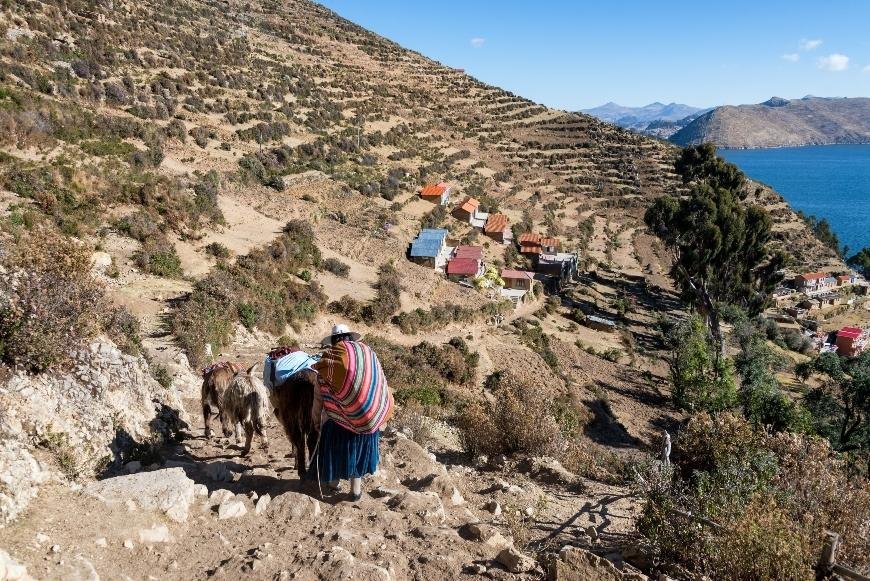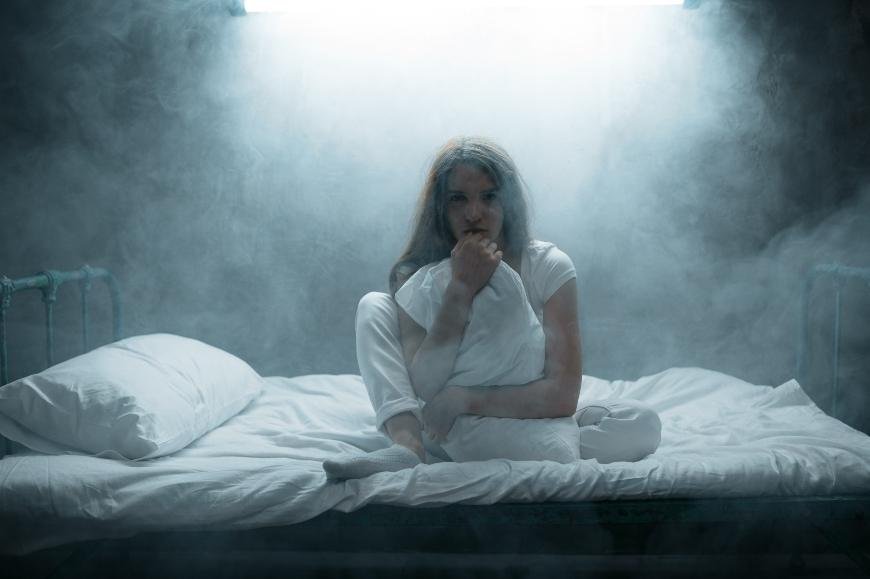What is Peyote?
Uncover "What is Peyote" in our guide, delving into the history, effects, legality of this psychoactive peyote cactus.
What is Peyote? This intriguing question has piqued the curiosity of many young adults, especially those who recreationally grow and take drugs. As an expert on the subject, I am excited to share my insights about this unique cactus.
This article will investigate the background of peyote utilization, looking into its traditional uses and social importance. We'll also consider the possible effects of peyote, both beneficial and detrimental, as well as any potential side effects that users should be mindful of.
Furthermore, we will examine whether or not peyote is considered safe for consumption and delve into its legal status in various jurisdictions. Finally, we'll touch upon some alternatives to peyote that may offer similar experiences without the same risks or legal implications. So join me on this journey to better understand "what is Peyote" and its place in our world today.
Table of Contents:
- What is Peyote?
- History of Peyote Use
- The Rich History of Peyote Use
- Legal Status of Peyote
- Peyote Alternatives
- FAQs in Relation to What is Peyote
- Conclusion
What is Peyote?
Peyote is a small, spineless cactus that has been used for centuries by indigenous cultures in religious ceremonies and spiritual practices due to its powerful psychoactive properties.
History of Peyote Use
Peyote use dates back thousands of years among various Native American tribes, and it quickly became an integral part of many Native American religious practices.
Effects of Peyote Use
Peyote can induce vivid visual hallucinations, emotional clarity, appreciation for music or art, and a deepened connection with nature or spirituality.
Mescaline, the primary active ingredient in peyote, has been studied for its potential therapeutic benefits in treating various mental health disorders.
The Rich History of Peyote Use

Peyote has been used for over 5,000 years by indigenous peoples of Mexico and southwestern United States in religious ceremonies and healing rituals.
The origin of the name "peyote" is derived from the Nahuatl term for caterpillar cocoon or divine messenger.
Peyote's primary active ingredient is mescaline, a powerful psychedelic alkaloid also found in other plants like San Pedro cactus and Peruvian Torch cactus.
- The Aztecs used peyote ceremonially as early as 300 BCE.
- Mexican Indian tribes used peyote during religious ceremonies to connect with the spirit world.
- The Native American Church incorporated peyote into its religious practices as a sacrament.
Interest in peyote spread beyond indigenous communities to mainstream society in the late 19th and early 20th centuries, leading to an increase in recreational use and scientific research on its effects.
Today, there is a growing movement advocating for greater access to this ancient plant medicine as part of our collective human heritage.
Get Ready to Trip: Exploring the Benefits of Peyote
Peyote, a cactaceous plant native to Mexico and the southwestern United States, has long been utilized by its indigenous people for its psychotropic effects.
Mescaline, the primary active ingredient in peyote and a powerful hallucinogen, is responsible for inducing intense visual and auditory experiences as well as deep introspection.
Effects of peyote are highly individualized and can vary greatly depending on factors such as dosage, set, setting, and personal sensitivity to mescaline.
- People may experience elation, religious enlightenment, greater imagination, intensified sympathy and a feeling of unity with the world or universe when using peyote.
- Research suggests that peyote may have potential therapeutic applications, promoting psychological healing and personal growth.
- Many famous figures such as Aldous Huxley, Jim Morrison, and Carlos Santana have attested to the inspirational power of peyote use.
- Microdosing peyote could potentially provide advantages akin to those felt when taking higher doses, yet with fewer side effects and a reduced likelihood of negative responses.
- It's important to note that while many users report positive experiences with peyote use, others may encounter negative side effects or challenging trips.
Before trying peyote, it is wise to educate yourself on its effects and proceed with caution.
Watch Out for These Peyote Side Effects

Before trying peyote, it's important to know the potential risks and side effects that come with this powerful psychedelic.
Physical Side Effects
Peyote can cause nausea, vomiting, dizziness, increased heart rate and blood pressure, muscle weakness, impaired coordination, and dilated pupils.
Psychological Side Effects
Peyote can also cause altered perceptions of time and space, visual hallucinations, intense emotions, paranoia, and spiritual experiences that may be difficult to integrate into daily life.
Risk Factors for Negative Experiences
Those with a pre-existing mental health issue, family history of psychosis or schizophrenia, taking peyote in an unfamiliar setting or combining it with other drugs (especially stimulants), are at increased risk for negative effects.
Long-Term Effects
Frequent use of peyote may lead to lasting changes in brain function, impacting memory, learning abilities, and emotional regulation. Repeated exposure to mescaline can also cause hallucinogen persisting perception disorder (HPPD), a condition characterized by ongoing visual disturbances even after ceasing drug use.
It's essential to be cognizant of the possible repercussions and hazards before consuming peyote. Before deciding to take psychedelics, it's best to speak with a medical expert about any worries or apprehensions.
Is Peyote Safe?
Pros and cons of using this powerful psychedelic.
Peyote has been used for centuries by indigenous peoples in North America for spiritual and medicinal purposes, with potential benefits including antidepressant effects, anxiety reduction, and spiritual growth.
Potential dangers of using peyote should be taken into account, such as queasiness, vomiting, delusions and paranoia; particularly for those with a psychiatric history.
- Potential Benefits: Antidepressant Effects, Anxiety Reduction, Spiritual Growth
- Potential Risks: Nausea, Vomiting, Hallucinations, Paranoia
When considering the safety of peyote, factors such as dosage, individual sensitivity, and set and setting should be taken into account.
Legal Status of Peyote
Legalities surrounding peyote can be tricky, as it varies from country to country and even within regions.
United States
Peyote is a Schedule I controlled substance in the US, but members of the Native American Church can use it in religious ceremonies under federal law.
Mexico
Peyote is illegal in Mexico, but indigenous communities can use it in traditional rituals without interference from authorities.
Canada & Europe
Mescaline, an ingredient of peyote, is forbidden in Canada and the majority of European nations.
Researching Legality
Consult official government resources and credible websites like Erowid to stay informed about the legal status of peyote in your area.
It's important to respect cultural traditions and prioritize safety when exploring alternative substances like peyote.
Peyote Alternatives
Looking for a legal and ethical way to explore altered states of consciousness? Check out these popular alternatives to peyote:
San Pedro Cactus
Containing mescaline, San Pedro cactus offers a comparable experience to peyote with less legal and ethical concerns.
Ayahuasca
This powerful Amazonian brew induces intense visual hallucinations and spiritual insights, offering a profound journey through one's psyche.
Magic Mushrooms
Containing psilocybin, magic mushrooms offer vivid visuals, emotional shifts, and spiritual insights.
LSA
Found in morning glory and Hawaiian baby woodrose seeds, LSA offers a gentle introduction to psychedelics.
Synthetic Mescaline Analogues
2C-B and 2C-E offer unique sensory experiences, but come with their own risks and legal issues depending on your location.
FAQs in Relation to What is Peyote
What is the significance of peyote?
Peyote holds significant cultural and spiritual importance for many indigenous tribes in North America, particularly among the Native American Church. It has been used as a sacrament for centuries to facilitate communication with deities, promote healing, and provide insight during religious ceremonies. Research also suggests potential therapeutic benefits.
What is the content of peyote?
The primary psychoactive component in peyote is mescaline, an alkaloid that induces hallucinogenic effects when ingested. Peyote cacti contain around 1-6% mescaline by dry weight along with other alkaloids such as pellotine, hordenine, tyramine, and anhalonidine which contribute to its overall effect profile. The potency varies depending on factors like age and growing conditions.
What are the benefits of taking peyote?
Some potential benefits associated with responsible peyote use include enhanced self-awareness, introspection, emotional healing from past traumas or unresolved issues, reduced anxiety and depression, increased creativity, and a sense of unity with nature or the universe. However, it is essential to use peyote responsibly and in appropriate settings.
How is peyote legal?
Peyote's legality varies by country and region. In the United States, it is classified as a Schedule I controlled substance under federal law; however, some exceptions exist for its religious use by members of the Native American Church. Other countries may have different regulations regarding peyote possession or cultivation. It's crucial to research local laws before considering using this plant.
Conclusion
A small cactus native to Mexico and the southwestern United States, used for centuries in religious ceremonies and by those seeking psychedelic experiences. However, potential side effects such as nausea, vomiting, and psychological distress should be considered, and its use is illegal in many parts of the world. For those interested in exploring alternative substances with similar effects, credible options include psilocybin mushrooms and LSD.






































































































































